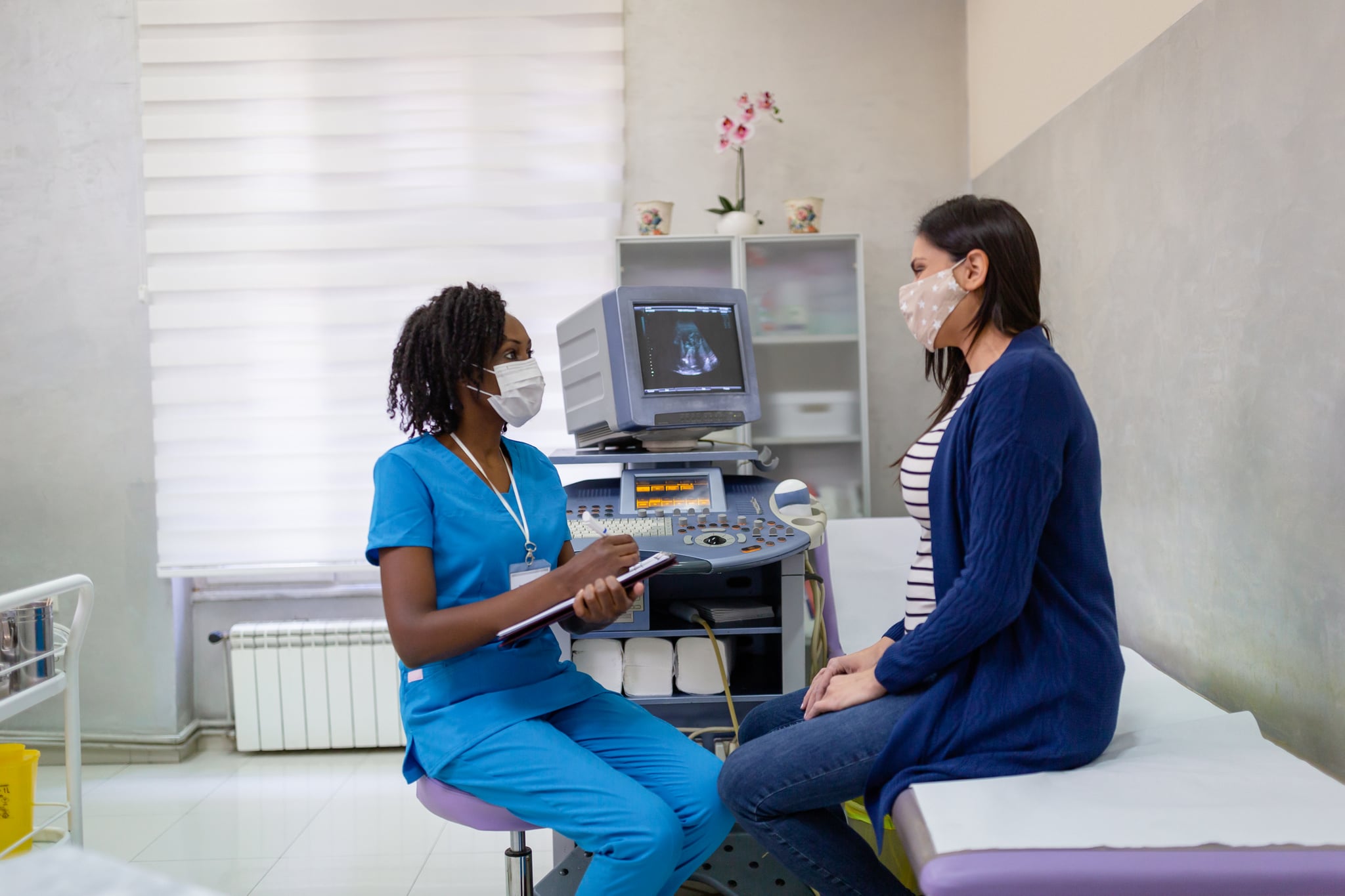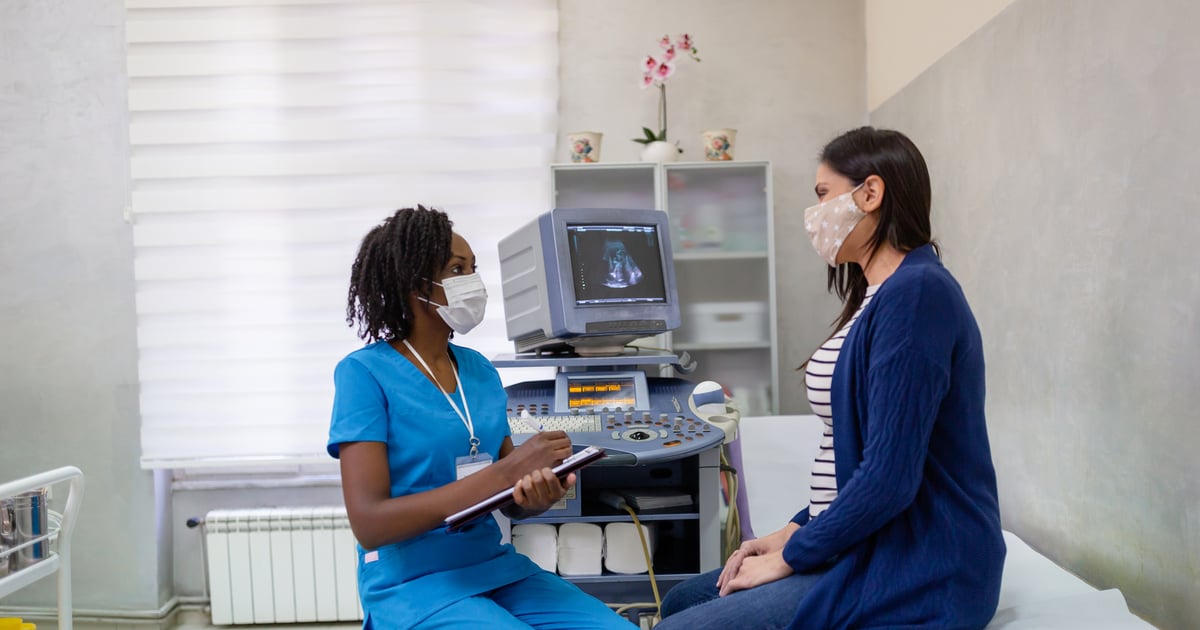Products You May Like

There’s a chance you’ve developed some sort of plan of attack for treating a pimple on your chin or forehead. Perhaps it involves not picking at it (right?!), a spot treatment you swear by, a special antiacne cleanser, or specific guidance straight from your dermatologist. But do you know what to do when a pimple pops up near the vagina — like on your vulva or near the genital region?
If you’re in the dark about vaginal pimples (these pimples that occur on the vulva, near the genital area, or on the groin), keep scrolling to learn more about the common causes behind them and how to safely treat them.
What Causes Vaginal Pimples?
First, let’s break down the relationship between having “acne-prone” skin and experiencing pimples on the vulva or in the genital region. “Just because you’re prone to acne on your face doesn’t mean you’ll be prone to getting acne in the groin area — and similarly vice versa,” explains Marisa Garshick, MD, FAAD, a board-certified dermatologist.
In fact, the pimples you may experience in both spots can be triggered and related to different factors. “The way on the face we tend to see these little whiteheads and blackheads, we don’t necessarily see it to the same extent in the groin. So you’re not necessarily getting your traditional acne spots in the way you are on the face,” she says.
According to Dr. Garshick, pimples that occur on the vulva or in the genital region typically appear as red bumps called papules, pustules (which have pus), or nodules (which are deeper in the skin and may feel firm). These pimples are most commonly categorized as folliculitis, or what can be described as “inflammation of the hair follicle.”
This skin condition can be caused by a bacterial or fungal infection, she explains, or injury to the hair follicle — like from shaving, waxing, or wearing tight-fitting clothing that traps heat and moisture. (Sweaty workout clothes might come to mind here!)
However, Dr. Garshick says there are other possible explanations and causes behind pimples in the genital area, like cysts and a condition called hidradenitis suppurativa, which is related to a blockage of the hair follicle. While it’s not common, Dr. Garshick says, it is often under-recognized and often occurs in areas where the skin experiences friction, like the underarms, the groin, under the breasts, and near the buttocks.
Navya Mysore, MD, a physician at One Medical in New York City, says another cause for pimples near the vagina could be dermatitis. “This is where the skin in the surrounding area can get irritated from products you may be using, like soaps, bubble-bath products, tampons and liners, douches, etc., and can appear like little red bumps,” she says.
There are also other health conditions that cause spots and growths that may be mistaken as pimples. Dr. Garshick says an example of this is a viral infection called Molluscum contagiosum, which can cause little red bumps or growths that have a little dot or umbilication in the center. “While it’s not like a traditional, sexually transmitted infection, it is something that in close contact can be spread sexually,” she says. Shaving can also cause its spread.
Dr. Mysore says STIs like genital herpes and genital warts may also look like pimples.
How Do You Treat Vaginal Pimples?
First rule of thumb: do not squeeze it or attempt to pop it!
“The temptation may be to try to pop the vaginal pimple. Please DON’T!” Dr. Mysore says. “This can potentially make the condition worse depending on what the diagnosis is and can introduce bacteria from your fingers or the surrounding skin that can give you a secondary infection.”
Dr. Garshick also strongly recommends avoiding prodding and squeezing these pimples. “In this area, the skin is pretty delicate, and more often than not, you’re not going to get anything out of it,” she says. “Even if you do feel like you’re getting something out of it, you’re going to trigger a lot more inflammation. That’s going to make it take a lot longer to heal and may make it more likely to leave a scar.”
Because there could be different causes behind a pimple or pimple-like bump in the genital area, both experts recommend checking in with a healthcare provider for an examination and diagnosis.
How Do You Prevent Vaginal Pimples?
To prevent pimples caused by folliculitis, Dr. Garshick says it may be helpful to change out of workout clothes quickly after exercise, as this can help decrease the amount of sweat on the skin. She also recommends showering regularly and after exercise, plus cleansing the area with a gentle product.
For those prone to folliculitis, Garshick says it may be helpful to avoid tight-fitting clothes and undergarments and opt for loose, breathable options instead.
Altering some of your hair-removal habits may also assist in prevention. If you shave, Dr. Garshick recommends shaving when the skin is damp, using a cream to create a barrier to minimize friction, shaving in the direction of the hair as opposed to against the hair, and making sure your razor blade is fresh.
You can also ask your doctor for specific prevention tips based on the cause of your pimples and pimple-like bumps.
